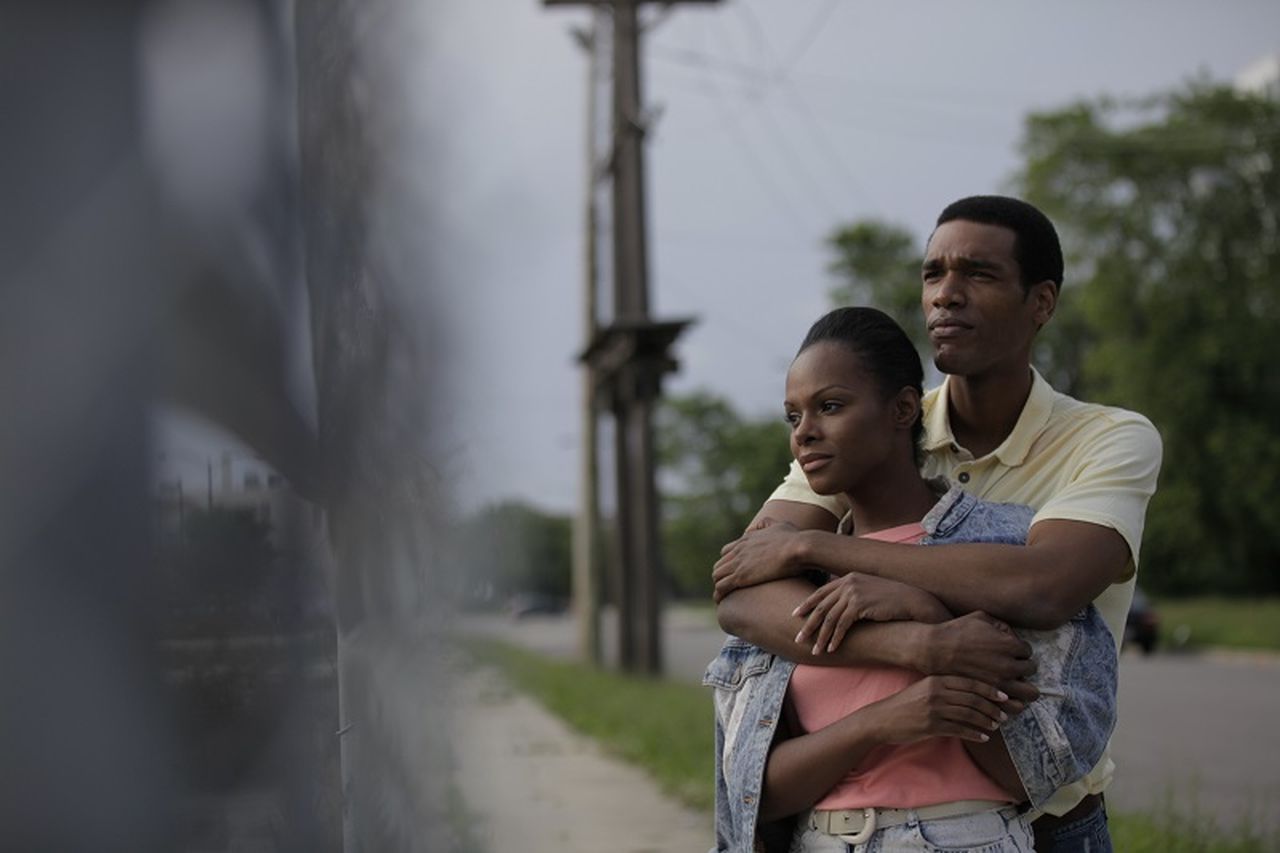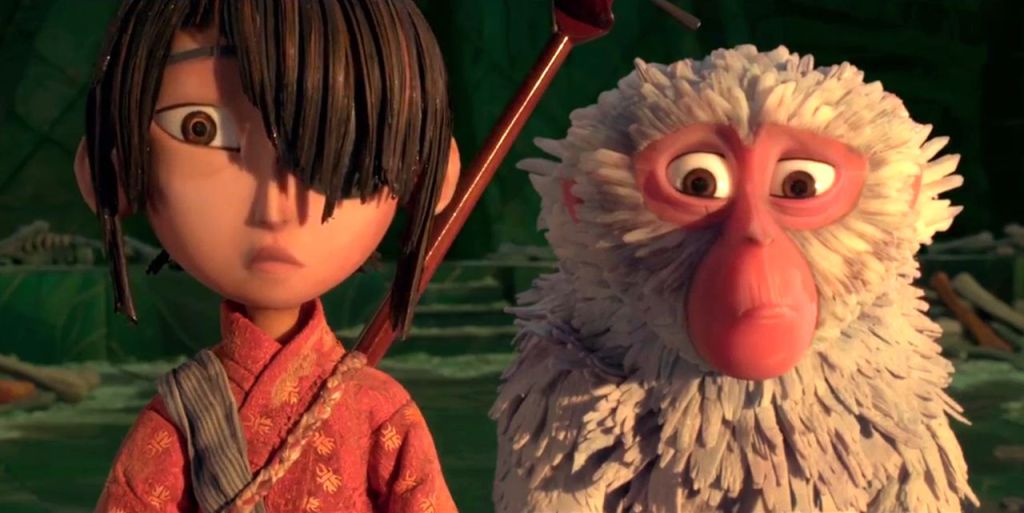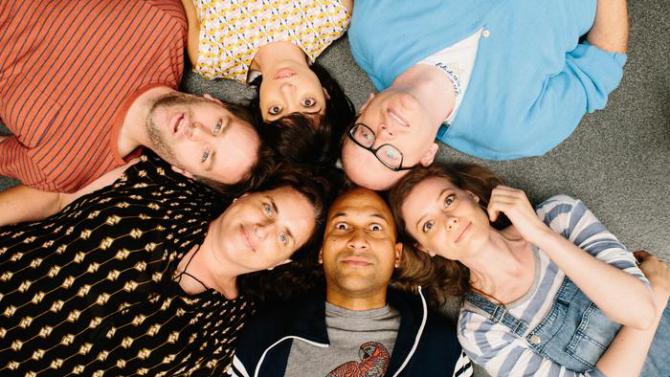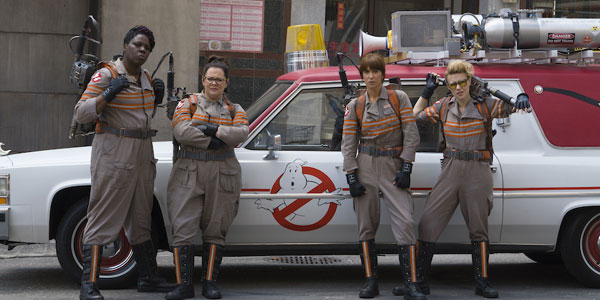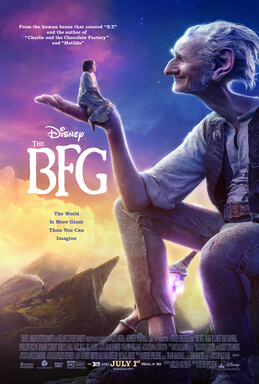Southside With You
Posted on August 25, 2016 at 5:22 pm
A-| Lowest Recommended Age: | Middle School |
| MPAA Rating: | Rated PG-13 for brief strong language, smoking, a violent image and a drug reference |
| Profanity: | Brief strong language |
| Alcohol/ Drugs: | Smoking, reference to drugs |
| Violence/ Scariness: | None |
| Diversity Issues: | A theme of the movie |
| Date Released to Theaters: | August 26, 2016 |
| Date Released to DVD: | December 12, 2016 |
| Amazon.com ASIN: | B01LTHMFPK |

People who make movies know that we are eager to see couples falling in love. If they throw in a chirpy pop song over a montage of the highly attractive pair walking on the beach and laughing together at a street fair, we are happy to believe that they are in love and we can move on to the (short-term) complication before the happy ending.
“Southside With You” is a rare movie that shows us what it is really like to fall in love, over the course of an all-day first date. It would still be utterly witty, charming, and captivating even if it was not based on the real-life beginning of the romance of Barack and Michelle Obama. The historical context is primarily significant because we start off with information the characters do not have. We know what they will do and who they will become. But it also is especially meaningful as we come to the end of the Obama administration, and only the most partisan opponents can fail to appreciate their graciousness, elegance, and family values — and the true partnership and romantic spark that is evident in their relationship.
We begin with the amusing contrast of their preparations for the date. Michelle Robinson (Tika Sumpter, who also co-produced) is put together so meticulously that her father (Phillip Edward Van Lear) teases her: “Can’t you at least run a comb through your hair?” She insists to her parents, as she will to Barack, that this is not a date. She is just accompanying the law student she has been assigned to supervise for the summer to a community meeting.
Then there is a glimpse of his “preparation” for the date — smoking and reading a book. And losing track of the time. “You’re late,” she says when he arrives at her home. “I was hoping you wouldn’t notice.” She points out that she is his supervisor and she has noticed his lateness at work as well. She also notices, but does not mention, that the floorboard of his car is rusted through. One of the pleasures of this film is listening in as two extremely intelligent people uncertain about where they are going but certain they want to improve the lives of the people in their communities, getting to know one another through a thoughtful, thought-provoking, and above all honest conversation, especially as we see the growing pleasure each of them feels in finding someone who can both understand and challenge them.
>
Their first stop is an art show. As they look at paintings by Ernie Barnes, Barack asks Michelle if she ever watched the television show, “Good Times.” She says the Robinsons were more of a “Dick van Dyke Show” family, and we can tell she is a bit defensive. Perhaps some of her Princeton classmates assumed that “Good Times,” set in the projects of Chicago, was based on families like hers. But then he tells her why he asked, and we can see her relax and start to appreciate his curiosity, depth, and knowledge. Despite all of her insistence that this is not a date, we can see her begin to get captivated. Each kindly, if not gently, pushes the other, she on his bitterness toward his father, he on her joining a corporate law firm rather than pursuing her goal of working for the community. Each bristles at first at being pushed, but then we see both of them genuinely grateful for being able to engage so honestly.
The talk is superbly written and performed. But some of the moments where nothing is said are just as moving, thanks to the performances of Sawyers and Sumpter, who do not impersonate the First Couple but give portrayals of great sensitivity and wisdom.
The POTUS and FLOTUS we see on television are more polished and self-assured than they were in their 20’s. Sawyers shows us a Barack Obama who was a long way from the understanding and forgiveness toward his absent father he would convey in his book. And yet, when he gets up in front of the community group, people who are disappointed after a setback and ready to give up, we see for the first time some of the cadences and mannerisms and ability to inspire that are so familiar to us now. Sumpter is lovely, with an exquisitely calibrated performance, first less, than more, then much less reserved. She is careful, and professional, and then we see her sense of fun and adventure when she gets up to dance with a group performing in a park. We we see how, despite her resolve, she cannot help being drawn to Barack.
This is a movie that understands that love is a conversation you never want to end, with someone who instinctively understands you and unreservedly supports you but who doesn’t let you get away with being less than you are capable of, someone who earns your absolute honesty. As we see them fall in love, dropping their defenses, allowing themselves to be hopeful, moving together toward a life of service, it renews our faith in love and purpose as well.
A PERSONAL NOTE: The First Couple met when they were both working in my dad’s office, and characters loosely inspired by my parents appear in this film. While I completely support the decision of writer/director Richard Tanne to create a scene with an interaction that is a bit awkward and uncomfortable, in real life my parents are far cooler (and more attractive!) than the characters in the film, and the interaction was warm and supportive. My parents and the Obamas became good friends.
Parents should know that this film includes smoking, brief strong language, drug reference, and some discussion of family dysfunction.
Family discussion: How did the difference in Barack’s and Michelle’s relationships to their parents affect their perspective? What did each of them say to change the other’s mind? What did Michelle learn about Barack at the community event?
If you like this, try: “Before Sunrise” and “Medicine for Melancholy”

